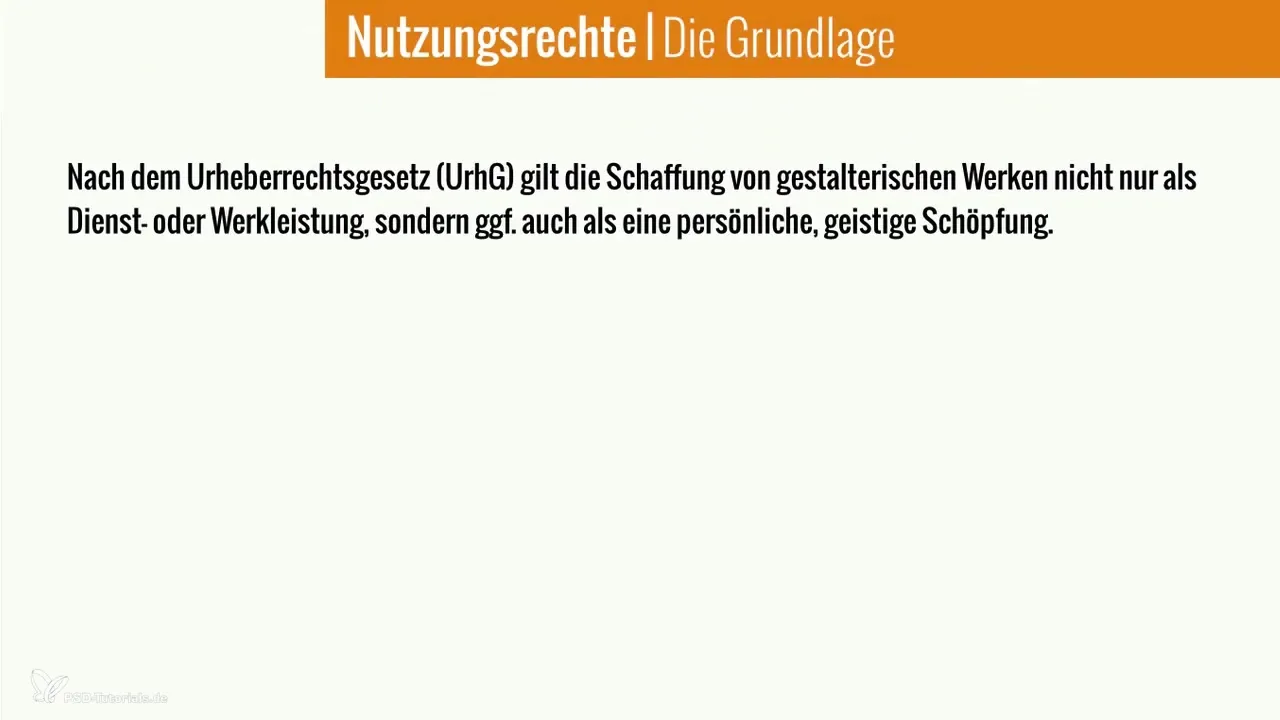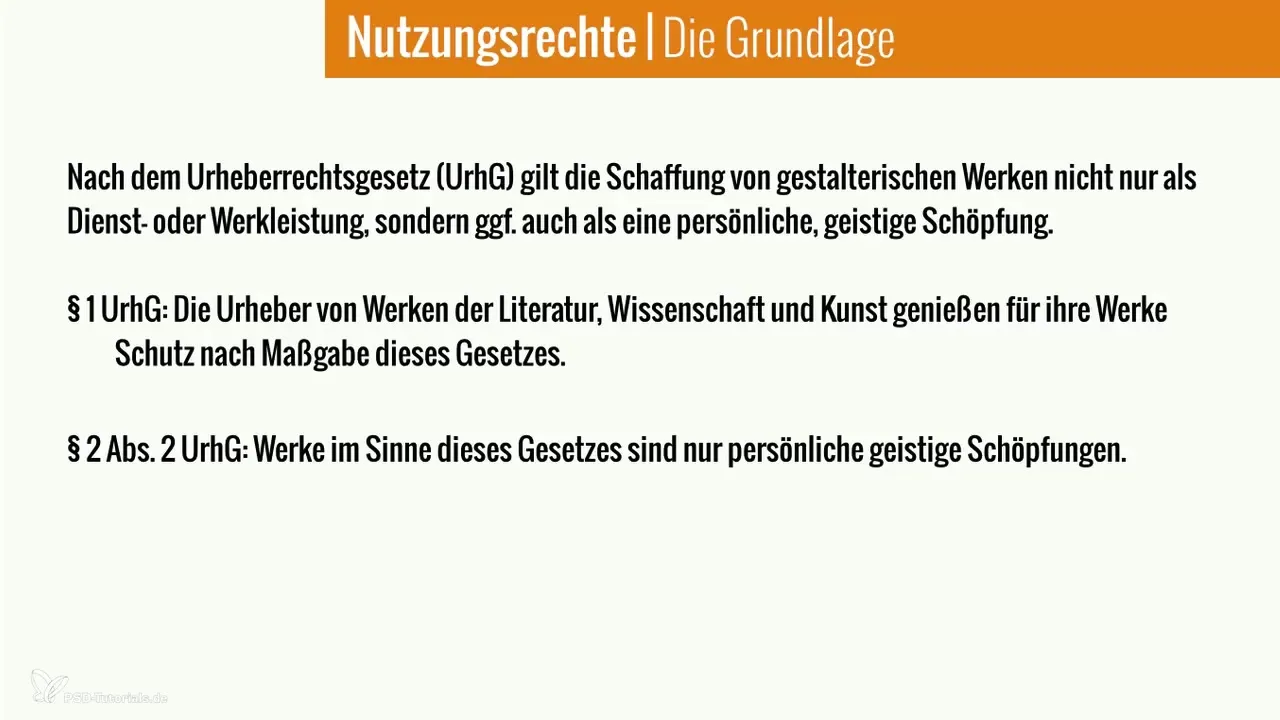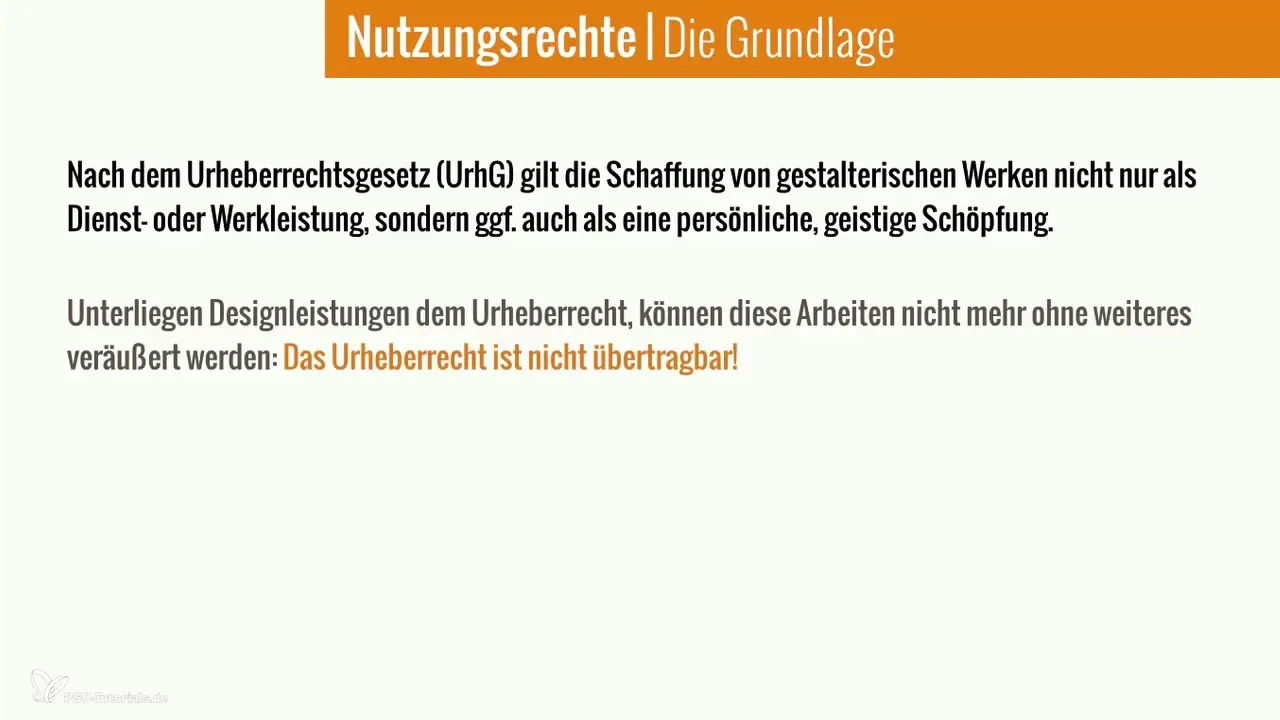Design work is not only a creative activity but also a legal challenge. If you work as a web designer or graphic Designer, it is essential to understand the basics of usage rights. Below, you will learn everything important about copyright laws and the specific requirements that may also affect your work.
Key Insights
- Copyright protection applies to personal intellectual creations.
- A certain level of creativity must be reached for the works to be protectable.
- If a work is subject to copyright law, the copyright cannot be transferred easily.
Step-by-Step Guide
1. Understand the Basics of Copyright Law
Copyright law protects works of literature, science, and art. It is important to know that you, as the author, own the rights to your work. This also includes the responsibility and consequences that come with these rights.

2. Definition of Personal Intellectual Creations
According to Paragraph 2 of the Copyright Law, a work exists if it is a personal intellectual creation. This means it must be more than just a purely craftsmanship performance. You must actively engage with the project and develop creative ideas.
3. Exemplary Application of the Rules
For example, if you design a logo that arises from your own ideas and research, you can speak of a personal intellectual creation. It is crucial that the result is not merely a reproduction, but innovative and novel.

4. Relevance of the Level of Creativity
The level of creativity is an important criterion. Tax offices have their own interpretation, so even if you create a work, it may not be recognized as protectable if it does not reach the required height. This can bring many uncertainties for you as a designer.
5. The Difference Between Artistic and Commercial
The crucial difference between artistic and craftsmanship works affects taxation. If your work is classified as artistic, a reduced value-added tax applies. Craftsmanship activities, on the other hand, are taxed at the regular rate.
6. Creativity and Novelty
A central element is the creativity that you must put into your work. If you simply implement a client's specifications without adding anything new, your work will be classified as craftsmanship. It is important to focus on developing something unique, not just creating something.
7. Questions About Copyright and Licensing
If you now find that your work is subject to copyright law, there are some steps you must consider. For example, the marketing rights cannot be easily transferred. You can only grant the client licenses for the use of your work.

Summary – Calculating Design: Understanding Usage Rights
Engaging with the legal basics related to your creative work is essential. By understanding copyright issues and the level of creativity, you can operate more securely in your creation and avoid legal pitfalls.
Frequently Asked Questions
What are personal intellectual creations?These are works that arise from individual and creative ideas and personal engagement with a topic.
What does the level of creativity mean?The level of creativity is a criterion that determines whether a creative work is considered protectable under copyright law.
Can I sell the copyright of my work to my client?No, copyright is not transferable. You can only grant licenses for the use of your work.
Why is the classification as artistic or commercial important?The classification affects the value-added tax that you apply to your services, and thus your income.


